Felix Sourgrapes is back and he takes a close look at the state of South African motorsport. You can read his earlier rant on the new Toyota Supra here.
The recent F1 showcase event in Cape Town, in which David Coulthard, driving an old museum piece, dazzled a huge crowd with some donuts, burnouts and bursts of acceleration, may have set enthusiasts’ hearts racing, but apart from the marketing benefits to the sponsor it is hard to understand what purpose these events serve.
You can see our exclusive event gallery at this link.
Will F1 return?
If the inevitable question that arises from them is whether (or when) we are going to get a F1 Grand Prix then one should dispel such notions for any number of sound reasons. As a host city, Cape Town would be as beautiful a setting as any in the world, but the prohibitive costs of a purpose-built circuit or an event on its streets should put to bed any such fantasies.
A Grand Prix elsewhere in the country, most obviously at Kyalami would also come at a huge price, even at such an impressive venue, and given the socio-economic challenges which the government has to face at the outset of another five-year mandate, it be would be reckless to seek its assistance financially.
Foreign investment in such a scenario is the only option, but the exorbitant ticket prices would test most fans’ passion for F1. Subsequent to the F1 showcase, the mayor of Cape Town has instead announced an interest in possibly staging a Formula E event (click here for that story), such as those growing in popularity in capitals around the world.
Again the folly of such a venture has to be raised in a country so dependent on coal for its electricity, and the state’s dismal record of governance of its power utility Eskom. With infrastructure in need of repair, shocking road safety standards and ageing cars, electrical means of propulsion on our roads are surely some way off.
Are South Africans really motorsport fans?
But perhaps more importantly events such as the F1 party in the Mother City should re-awaken in the public at large an interest in motorsport generally, which in recent years has waned in this country. It is a shame that the sterling efforts of our motor sportsmen and women are being given little appreciation and attention in media at large.
Social media does a good job of promoting the efforts of Kelvin and Sheldon vd Linde, Jordan and Tasmin Pepper, Jonathan Aberdein, and the Binder brothers in motorcycle racing, to name just a few. But the apathy from the public at large towards South African motorsport, which must stem from a lack of print media and television exposure, too, would surely be vanquished if events in which they compete could be staged here at a fraction of the cost of a Grand Prix, with the exception of MotoGP where Darryn and Brad Binder ply their trade.
The forthcoming Intercontinental Challenge 9 Hour revival at Kyalami in November, and last round of this year’s world championship, is one such first step in which world-class motorsport that is relevant to South Africans will enthral fans who will root for their fellow citizens flying the flag, while competing against some of the best in the world. It is to be hoped that more such events will come our way, because they will serve as a target for aspiring youngsters who may be fortunate and good enough to compete in Europe and the USA.
Money no option
The ranks from which they will come however may be a little frayed because local motorsport at present is somewhat dysfunctional. A large variety of formulae entertains modest crowds at venues around the country in national and regional tours almost every other weekend, but one can’t help feeling that the whole is somewhat less than a sum of its parts.
Money or lack thereof doesn’t seem to be the overriding problem. When a niche event such as the recent Simola Knysna Hillclimb attracts such exotic and diverse entries one understands just how much money privateers are willing to spend on motorsport. But there is little doubt that the diversity which characterises the game here is arguably its biggest drawback.
Too many formulae?
Thinner fields on more race days mean smaller crowds with ever less disposable income and less exposure for sponsors. Consolidation of the fare on offer would benefit everyone, as would sensible costs, particularly at the national level.
Our only “manufacturers” series, Global Touring Cars, is arguably still struggling, four years since inception, having lost its primary sponsor last year. Single-seaters provide an important skills set to any aspiring young racer, albeit on ageing machinery. Exotic makes and models are raced by a select few, often on a whim, and an eclectic but healthy mix contests our only endurance series. Motorcycles have only just rejoined the mainstream after years in the wilderness.
This leaves the popular one-make series Polo Cup, arguably the most competitive form of South African motorsport, as flag bearer. 20 years on from its birth it is a huge and enduring success story, our biggest possibly, alongside the old Group N. But it is also a ceiling after which options are limited to just the aforementioned manufacturer’s series GTC, or for those fortunate few who can afford it, campaigning on foreign soil.
Formula privateer
Many of the privateers who comprise the vast majority of the South African motorsport base are self-made wealthy businessmen, but they didn’t become so by throwing hard earned cash away. It is perhaps motorsport’s biggest failure at present that it cannot tap into their acumen and accommodate them in a cost-effective flagship series that would cater for different levels of talent on a level playing field, whether as competitors themselves or as team owners and mentors to their offspring.
Australian V8s offer a perfect example of what might be achievable with grids of 40 cars. Many backyards here are stocked with home built chassis, testament to South Africans’ resourcefulness and passion for motor racing. A properly instituted and regulated local equivalent should surely be within reach?

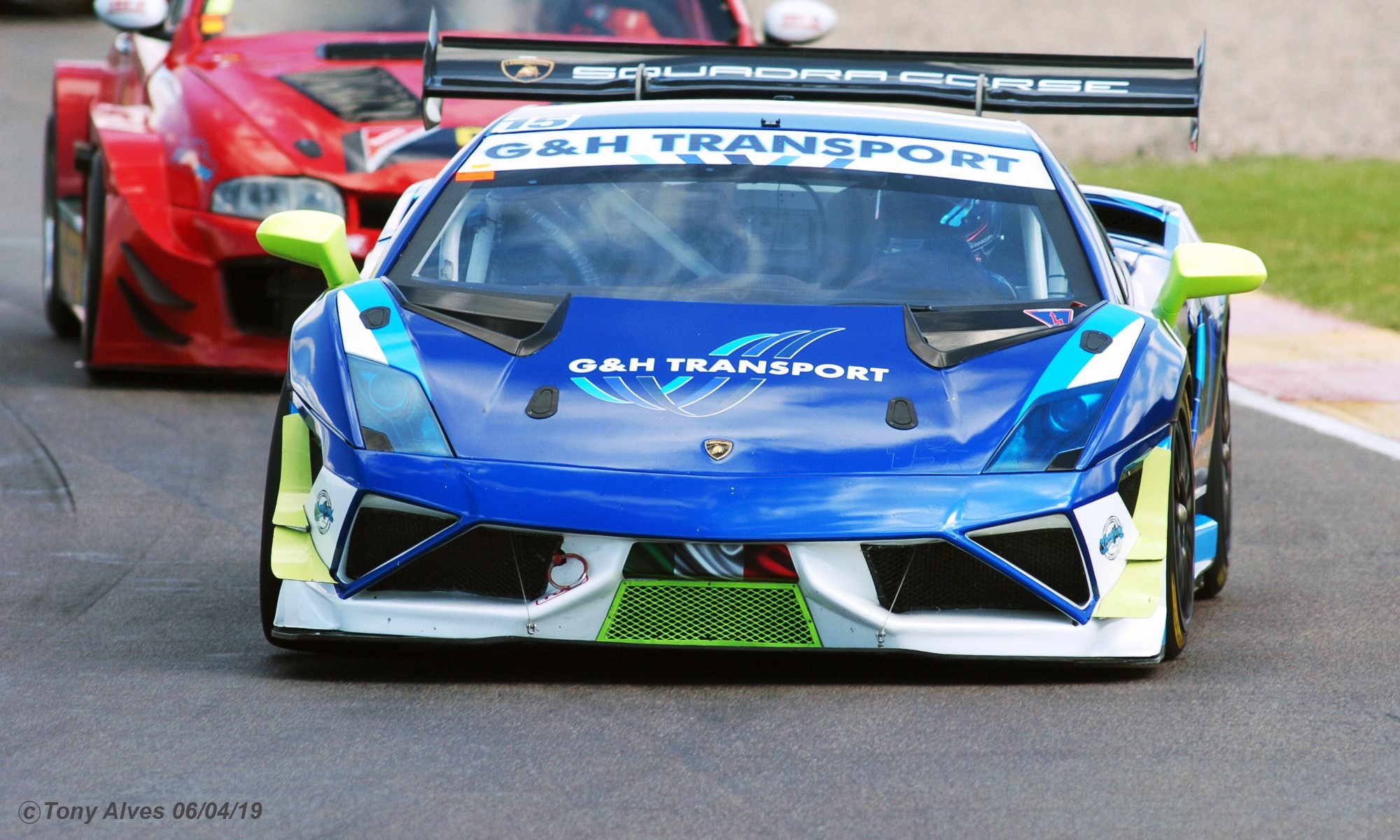

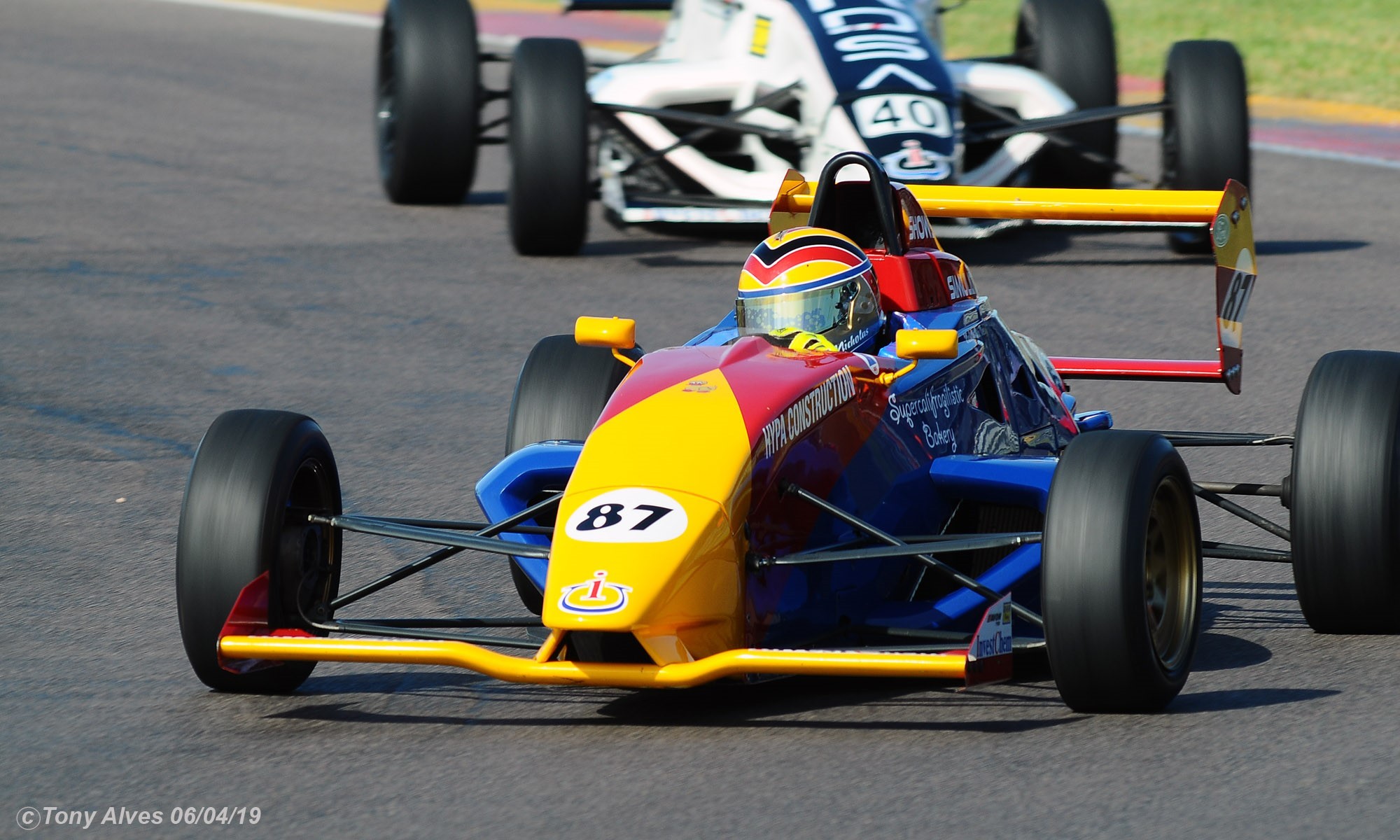
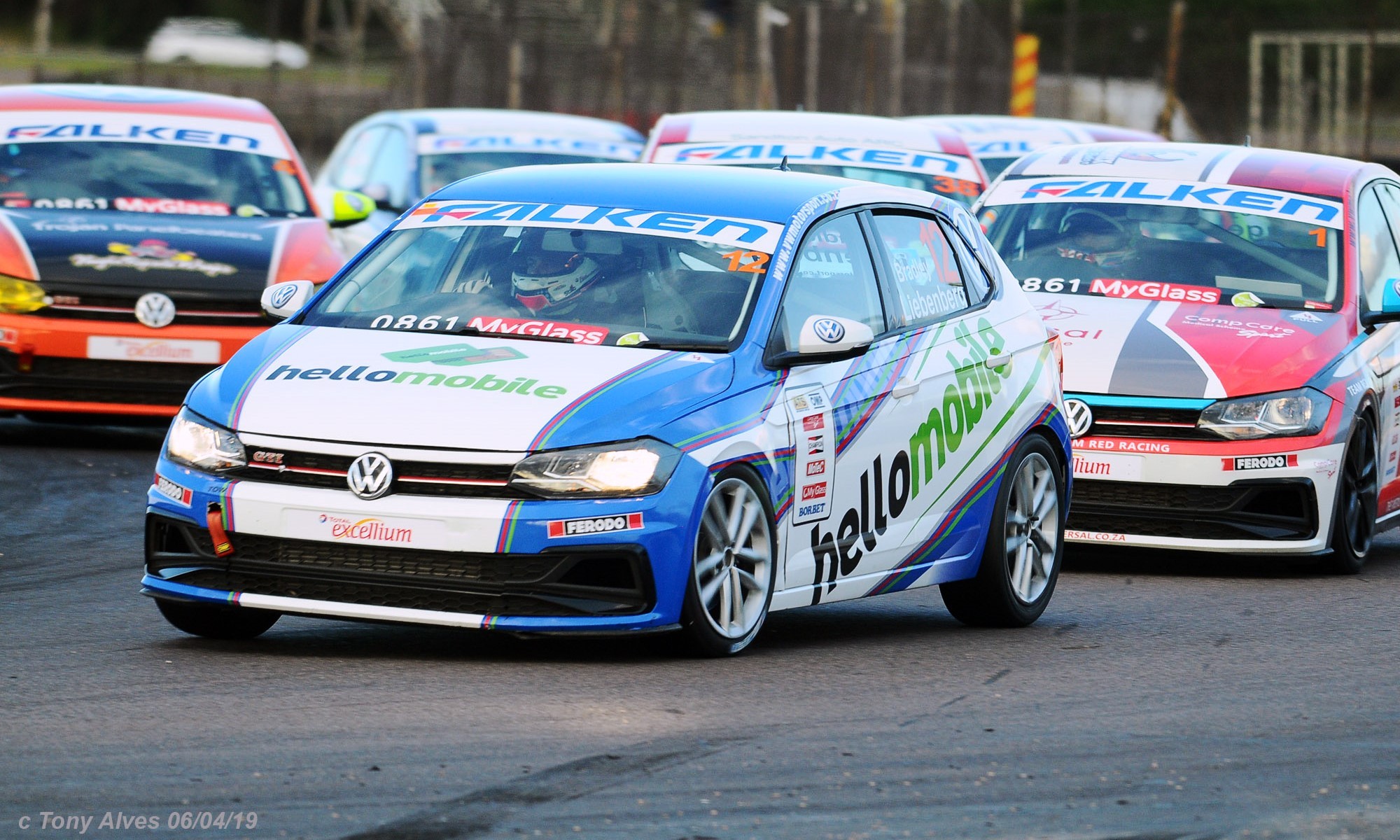
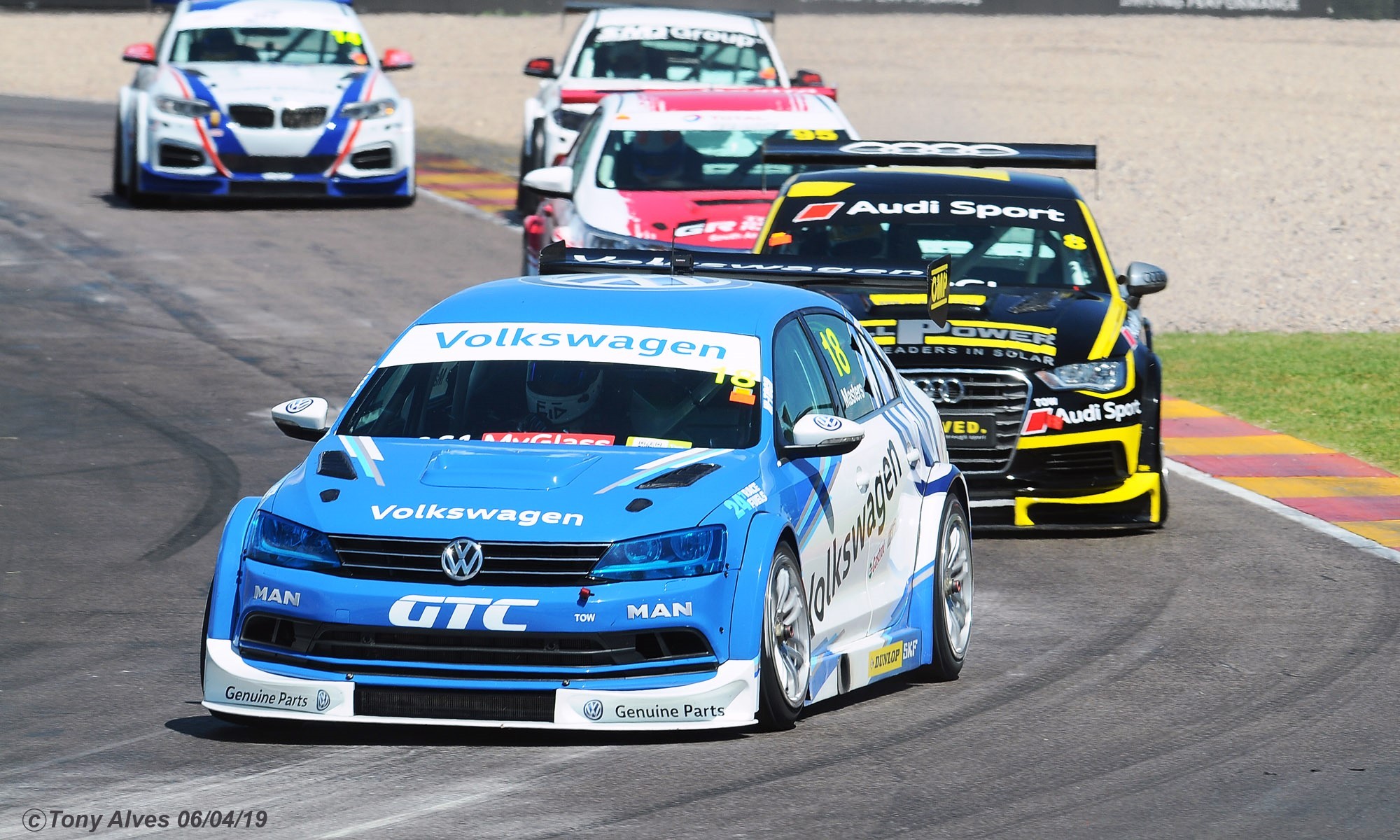

![2025 FIA WEC 24 Hours of Le Mans: Race Report and Ramblings [w/video]](https://doubleapex.co.za/wp-content/uploads/2025/06/2025-FIA-WEC-24-Hours-of-Le-Mans-start-500x383.webp)
![McLaren Project Endurance Debuts Le Mans Challenger [video]](https://doubleapex.co.za/wp-content/uploads/2025/06/McLaren-Project-Endurance-Le-Mans-Hypercar_03_edited-500x383.webp)
![Michael Schumacher At Le Mans [video]](https://doubleapex.co.za/wp-content/uploads/2025/06/a0052-500x383.webp)
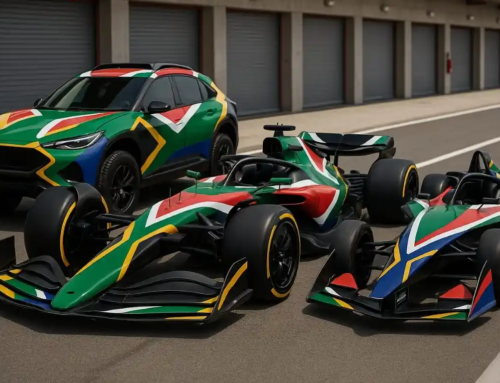
Leave A Comment